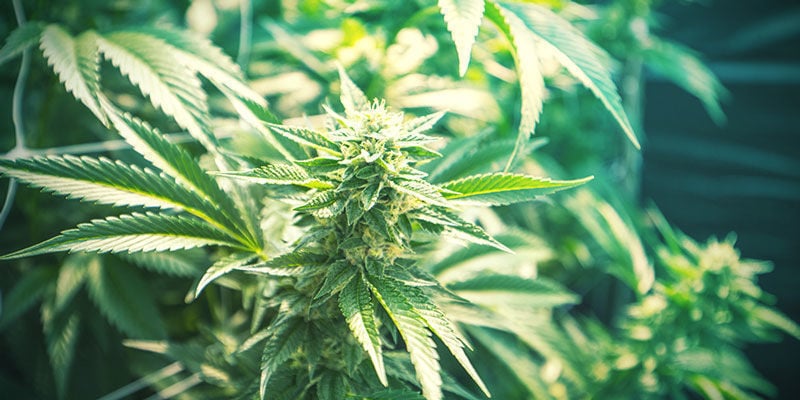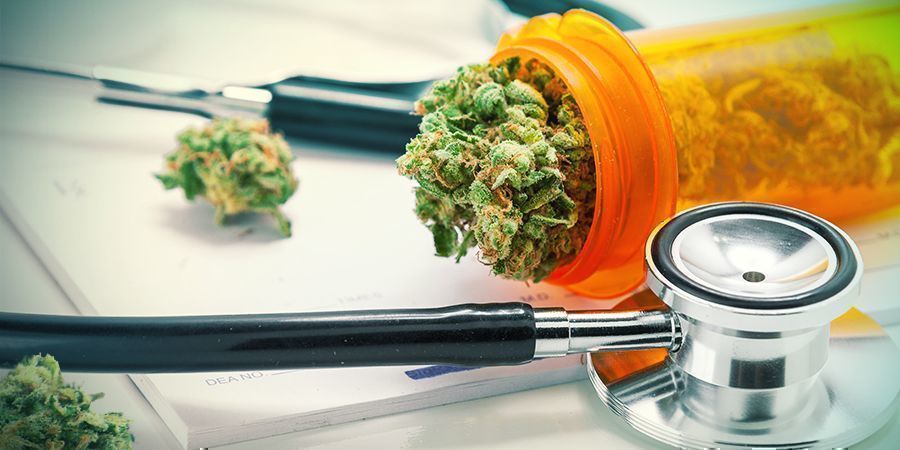History Of Medical Cannabis
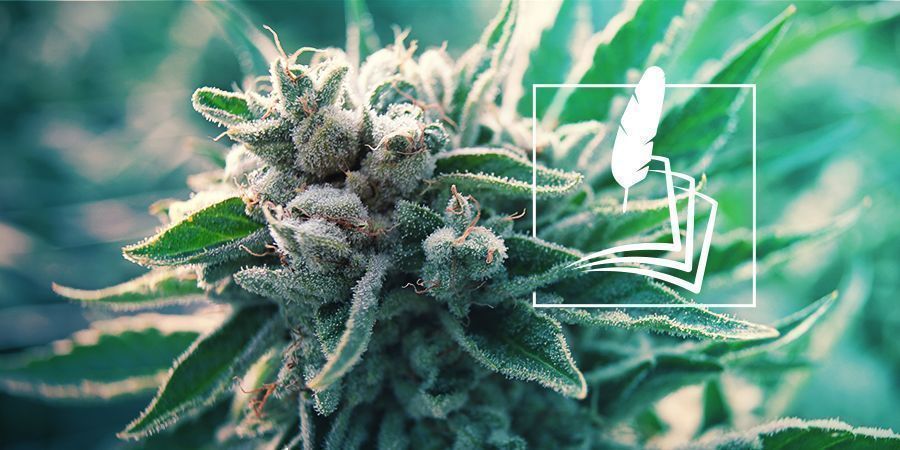
Cannabis is the sacred herb. Known by many names and consumed all over the World for ages. Weed has evolved with mankind. Here's some cannabis history - Stick that in your pipe and smoke it!
In the beginning, there was weed. That’s right, cannabis is about as ancient as the dinosaurs. In fact, cannabis plants thrive in a Jurassic climate. The sacred herb was here long before mankind. But as soon as we arrived a symbiotic relationship that still endures to the present day was formed.
We know for a fact the Chinese Emperor Shen Neung tinkered with cannabis tinctures but its likely cannabis was cropped by many ancient civilisations. Human beings have an endocannabinoid system wired for cannabinoids. With zero fatalities since the dawn of civilisation, cannabis is the original natural medicine. Let's travel back in time and check out the highlights of historic cannabis use.
Early medical use of cannabis in China
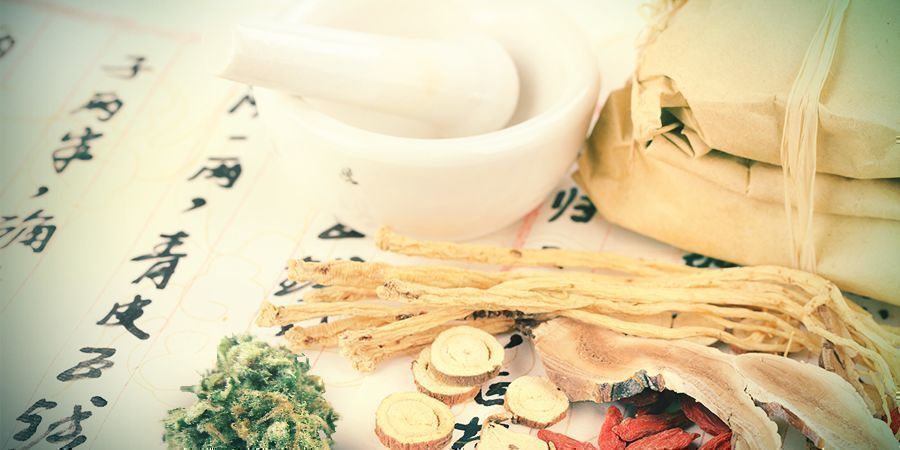
"Ma" - that is the single syllable term for hemp in Chinese, which probably makes hemp the "mother" of agriculture. With this hardy annual herb, agro-industrial China was set far ahead the hunter-gatherer civilizations, because it was a reliable source of food and durable textile fiber. Apart from its medicinal and textile use, it has served as China's 2nd or 3rd most important agricultural food source for millennia - hemp seeds are rich in protein, B vitamins and amino acids.
Finds in Egyptian ruins dating back to 1600 BC unveiled evidence that marijuana had been used as a medicine and excavations at Hebrew sites yielded evidence of use of marijuana as a means to aid childbirth 100s of years BC, but "Ma" was the buttress of Chinese culture from the dawn of time to this day.
The importance of hemp in early China is pronounced by a find of hemp fabric in an ancient burial site from the Chou Dynasty (1122-1249 BC). The book Rite of Rites (circa 200 BC) mentions that mourners should wear hemp fabric to express their respect for the dead and this tradition survived to present day.
One of the most important inventions around 200 BC in China was hemp paper and although they kept the secret of its fabrication for over nine centuries it became indispensable to the rapid development of all civilizations throughout the world. But the medical and industrial uses of hemp were deeply rooted in China thousands of years before that and made the country historically known as "the land of mulberry and hemp".
Healers in ancient China tried to cure all kinds of diseases by beating the headboards of their patients' beds with hemp stalks emblazoned with snake figures while reciting incantations and spells in order to exorcise demons who were believed to cause physical illness. Japanese Shinto priests used a short wand bound with undyed hemp fibers for a similar ceremony based on the thought that the purity of white hemp would expel evil demons. The rational thinking might dismiss this coincidence as superstitions, but wouldn't it be interesting to know the origin of such long-lived rituals?
Yin, Yang and cannabis
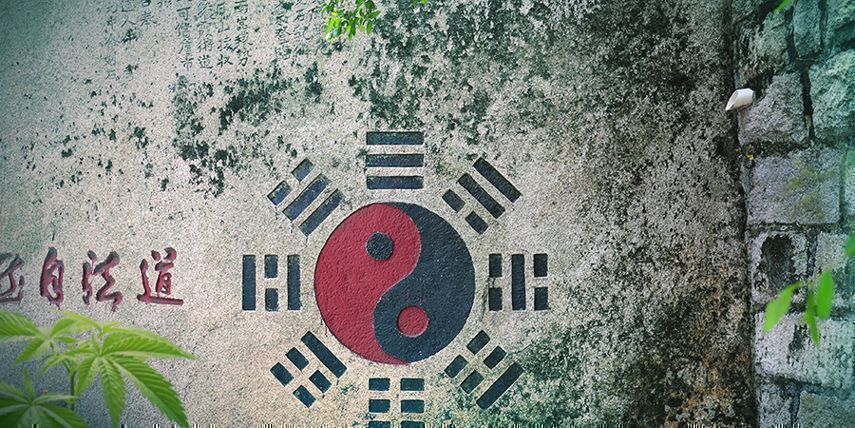
A Chinese emperor who ruled the nation around 2800 BC, Shen-Nung, was deified for introducing medicines to the people. This mythical emperor was said to have a translucent abdomen and he allegedly ate as many as 70 different plants per day to observe their effects and various qualities. The compilation of all the hundreds of medicines he identified is called Pen Ts'ao which is one of the oldest medical texts.
The flowers of the female marijuana plant contain, according to the Pen Ts'ao, the biggest amount of yin energy - in the Chinese philosophy and medicine "yin" is associated to female attributes, with the opposite being "yang", the male, creative element. The Ma-fen (flowers of the female cannabis plant) were used to counteract a loss of yin, such as in menstrual fatigue, rheumatism, malaria, beri-beri, constipation, and absentmindedness.
In the Pen Ts'ao was written that eating too many hemp seeds could cause one to see demons, but that on the other hand, the repetitive continual consumption of Ma seeds could enable one to get in contact with spirits. The cultivation of hemp for clothing and other textile uses has been instructed to the Chinese people by Shen-Nung as well and this agricultural art is still being practiced in rural areas of China.
Ma-Yo (cannabis) medical use
In order to cause visions, Taoist alchemists inhaled the smoke of burned hemp seeds in the first century AD. Those visions were considered a means to achieve immortality and marijuana was said to rejuvenate the body and mind. A famous surgeon of the second century AD, Hua T'o carried out complicated surgery using Ma-yo, a mixture of hemp resin and wine, as an anesthetic. By employing Ma-yo those surgeries were relatively painless, even amputations. In the tenth century AD Ma treatments were employed to cool fevers, to ease childbirth, cure rheumatism and to clean the blood.
The ancient Greeks and cannabis

The ancient Greeks called it kannabis - Greek sailors traded the durable material crafted from tough hemp stalks across the Aegean Sea as early as the sixth century BC and archaeologists found hemp fiber bundles in a Carthaginian trade ship that had sunk near Sicily around 300 BC. Herodotus, the great Greek historian, wrote in 450 BC, that the Thracians produced fine quality clothing from hemp.
Four hundred years after the fact, Plutarch wrote that the Thracian people would dispose of the top part of the kannabis plant and throw it in the fire, the smoke provided by it would cause the people to become intoxicated by the smoke they would inhale. It was a custom that the wine-loving people of Zeus weren't familiar with.
A small reference is also found from the use of kannabis in Greek literature as far back as 400 BC for back ache pain but this was the only known medical use in ancient Greece. It is known that both the Arabic and Hebrew people used kannabis for medical reasons at the very same time period.
In 70 AD a physician from Greece known as Discordes employed by the Romans for research and collected a wealth of knowledge on medical plants. Discordes created a book with his travels entitled Materia Medica in this book he documented descriptions, local names, habitats and indications for treatments for certain symptoms.
Overall he documented 600 plants and among them he identified Cannabis Sativa L. (from the Greek kannabis). It was useful in creating rope and producing seeds whose juices could be used in lessening earaches and reducing sexual desire. Discordes Meteria Medica was hugely successful and was translated to every language possible and remained as a key manual in western medicine for at least 1500 years.
Cannabis as medicine in ancient Egypt
Of all the ancient kingdoms, we know that the Egyptians used cannabis as medicine in several distinct ways. Thanks to the uncovering of pyramids, tombs, and the rich and vibrant literature of the Egyptian people, we can get a clearer understanding of how useful hemp was to the ancient Egyptians.
The oldest ancient Egyptian artefacts that mention cannabis as a medicine can be found in the Ramesseum Papyrus from 1700 BCE. In the Ramesseum III Papyrus specifically, cannabis is mentioned to help treat glaucoma, cataracts, haemorrhoids, vaginal bleeding, and even to help alleviate the symptoms of cancer.
The Ebers Papyrus, which dates back to 1550 BCE, describes the uses of medical cannabis in detail. The Ebers Papyrus is one of the oldest complete medical textbooks discovered to date, and mentions several preparations of hemp to ease pain and inflammation. It also specifically mentions women using marijuana to assist with depression and menstrual pain.
The connection between women and marijuana is also seen in the way certain gods and goddesses were depicted. Seshat, the ancient Egyptian goddess of wisdom, was often painted with a cannabis leaf above her head. Likewise, Bastet, the cat-goddess of war, was seen to use marijuana in her witchcraft. It’s believed worshippers of these goddesses may have also consumed cannabis during celebrations and rituals.
Perhaps the most compelling link between ancient Egyptians and cannabis comes from the discovery of tombs that held the ancient Egyptian pharaohs. The tomb of Pharaoh Ramesses II was discovered in 1881, and with it a whole new understanding of cannabis as it relates to ancient Egypt. Through analysis of the mummified remains, traces of cannabis were found in the systems of the mummies.
All this points to the fact that the ancient Egyptians were familiar with both the medicinal benefits of cannabis and the recreational, celebratory, and ritual highs that could be achieved.
With all this in mind, it's no surprise that breeders are inspired by the lore of ancient Egypt. There is even a Spanish seed bank named Pyramid seeds, having created strains with names like Anubis and Tutankhamon.
England and cannabis
The word canvas in English comes from the word cannabis, an etymological Indication of the great importance of the hemp fiber in European naval technology. The expansion of European colonies into remote parts of the world would have not have happened without the development of cannabis based technology.
As an example back in 1492 during Columbus transatlantic travels his vessels carried more then eighty tons of hemp in the rigging and sails. This was the product of many man hours of peasants harvesting the fields and eventually this became the more important industrial crop in most upcoming countries. At the same time, European information of medical cannabis was limited to documents written by Discordes and unrecorded home remedies passed on through medieval times.
Medical use of cannabis in the Renaissance
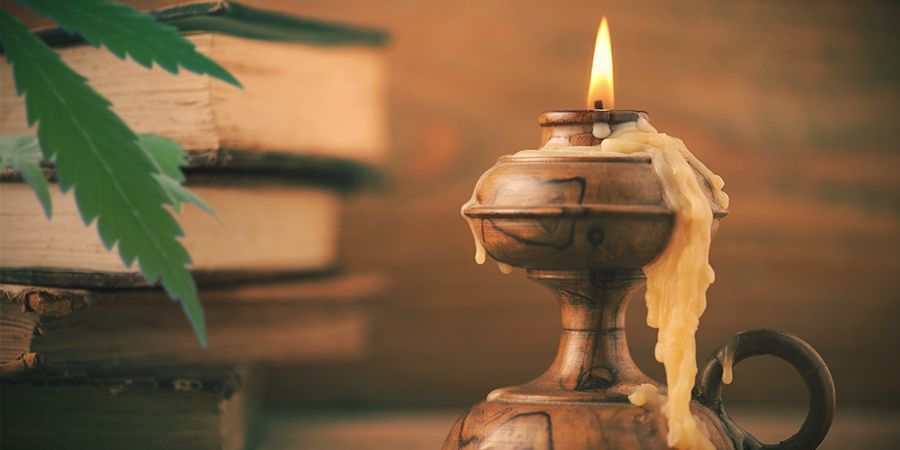
As Western civilization changed from the dark ages to the Renaissance period they uncovered many new key facts, including the numerous benefits from using medical marijuana. In 1621, in the Anatomy of Melancholy, Robert Burton made a suggestion that Cannabis could be used in treating depression. In 1982, the New London Dispensary for a short period of time covered the use of the cannabis seeds to treat both coughs and jaundice.
In 1794 they documented an increase of the understanding of the many medicinal uses for the cannabis plant. They suggested that it could be used to treat coughs, venereal disease and urinary incontinence. It was also noted that while the seeds were the most commonly used other parts of the plant should also be researched.
In 1814 Nicholas Culpepper published a book which listed all of the known medicinal uses for cannabis. In this book he included all the uses previously known and a number of new ones such as the easing of colic, allaying humors of the bowels, troublesome bleeding, reducing swelling to the head and reducing joint pain.
Culpepper also made a suggestion that cannabis could be used as an additive to salves in order to treat burns. No historical evidence that physicians in Europe were aware of any psychoactive effects that come from cannabis until the exploration of India occurred and that broadened European understanding of it.
Two primary types of cannabis (Indica and Sativa)
In 1753, a botanist from Sweden named Carl Lineaus completed the most complete reference manual of botanical classification to date called Species Planetarium. Lineaus used Discordes classification of Cannabis Sativa, but right away botanists argued that the new Indian cannabis plant differed from the more well known European Cannabis Sativa which was grown for both industrial and medical uses.
In 1783 a biologist from France named Jean Lamarck examined both types in his compilation entitled Encyclopedia. Lamarck recorded that Cannabis Sativa which was commonly used for fiber and textile was characterized by the height of 12-16 feet, long stalks, the foliage being sparse and its slender leaves. Cannabis which was native to India was much different in that it was usually about 4-5 feet tall and its foliage was quite dense with bushy clusters of broad leaves. Lamarck then dubbed the second species Cannabis Indica after the country it came from.
There are hundreds of subspecies of cannabis, and botanists are continuously arguing over the exact classifications, but most of the experts agree that there are at least two distinctly different types of all the strains that's currently exist today. In 1913, Lyster Dewey, a hemp expert and botanist from the U.S Department of Agriculture, recorded in the USDA yearbook that Cannabis Indica was different in visual appearance then any of the numerous forms found by this department from seeds gathered in almost all countries where it's cultivated.
Different usage of Cannabis Sativa and Cannabis Indica
Newer hybrids have changed the natural inclinations of the cannabis plants as the growers have tried to promote certain traits, because of this it has blurred the distinction between the two primary series. However the natural tendencies will still remain in some form or another.
The tall stalks of Cannabis sativa are usually cultivated for the fiber and seeds industries, while the shorter Cannabis Indica bushes are usually cultivated for the medicinal and psychoactive properties from the flowers. The Cannabis Sativa which is grown for industrial uses usually only contains small amounts of psychoactive compounds. Proper cultivation can create levels higher then normal of therapeutic compounds in a few types of Cannabis Sativa.
The more potent Cannabis indica is different in that it's not used in industrial fiber due to the short length of their bushy stalks. While this difference distinguishes the natural tendencies of the two primary types of Cannabis many of the growers of the medicinal plants have concluded that the most potent strain combines the best traits of both forms.
The use of cannabis in Hindu
Apparently starting from China, cannabis spread its way west throughout Asia, Asia Minor and across the Mediterranean and was used by many early cultures. From there over time, cannabis made its way through almost all civilizations throughout the world according to western historians. Hindu teaching tend to differ, as Cannibis Indica is recorded in the Vedas which is one of the four most scared books.
It was written about 4000 years ago, the Vedas tells the legends of conquest, struggle and spiritual development that effects and shapes every part of traditional Hindu life. Among many other myths, The Vedas tells the Lord Shiva, one of the three of the main Hindu gods, refreshed in the heat of the day by eating marijuana leaves. Lord Shiva made this his favorite food and was given the title Lord of the Bhang.
Bhang, Ganja and Charas
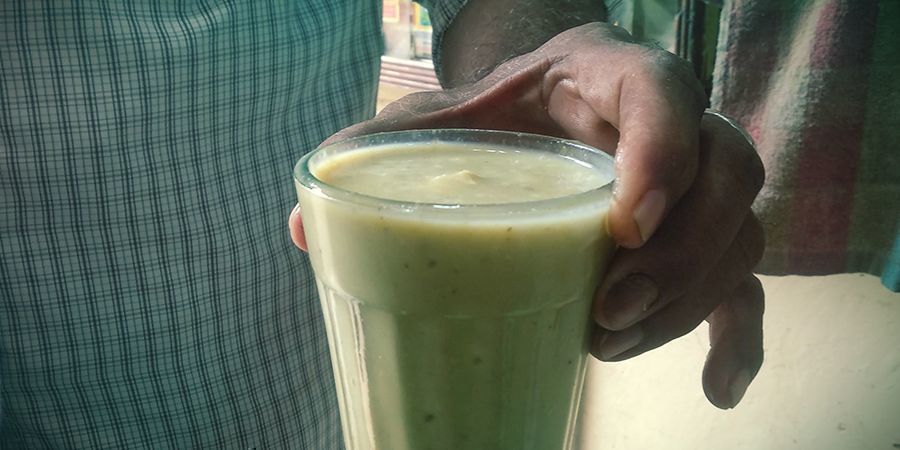
Bhang is an ancient Indian drink made of cannabis mixed with numerous herbs and spices and has been popular in India for many years. Bhang is less powerful than Ganja, which is made from flowering plants for both smoking and eating. Charas, which is more potent then both Bhang nad Ganja is made of the cannabis flower top which are harvested when they are at their fullest bloom.
Charas is dense with a sticky kind of resin and is almost as potent as a concentrated cannabis resin known as hashish. For thousands of years these intoxicating marijuana preparations have been used in almost every aspect of traditional Indian life, from ritualistic worship to mundane survival to warriors preparing for a battle, and couples preparing to marry. The Indian culture has used the herb on virtually every important occasion and by using it invokes their Lord Shiva.
Religious use of cannabis
The fourth of the Vedas, the Athaaveda which loosely translates into the Science of Charms, calls Bhang one of the five kingdoms of Herbs which releases us from our anxieties. While this idea appears to be similar to western theories, South Asian wisdom isn't bound by the limitations of Newtonian logic. One ancient Hindu myth mentions the time before creation when the gods churned the cosmic mountain for the nectar of immortality. It is told that marijuana plants grew wherever the drop of this nectar entered the earth.
Another mystical sultra recorded that Siddhartha he who became Buddha, the enlightened one lived on only one cannabis seed per day for six years years before he found his spiritual awakening. While this is not possible this ancient myth does remind us that Hindu and Tantric Buddhists in Tibet, Nepal and Northern India have used cannabis as an important sacrament in many religious rituals for many many years.
Medical use of cannabis in India

Traditional Indian medicine has been used for a a long time and in a variety of different ways, it was used in the treatment of illnesses such as fever, sunstroke, dysentery, and leprosy. Cannabis is said to make digestion quicker, sharpens a persons intellect, help clear phlegm, increase alertness and act as an elixir vitae. Hindu medicine unlike western science addresses spiritual awareness, it is said that Ganja pleases Shiva, the king of the gods who is always pleased with the offering.
The connection between Shiva and Ganja is considered to be very important in maintaining physical and psychological balance. According to the the Rajvallabha, a 17th century Hindu text this desire-fulfilling drug was thought to have been obtained by men for the welfare of all people. It is said that the people that use it regularly it creates joy and lessens the feeling of sorrow.
The banishment of cannabis
In Indian culture they revere the marijuana plant as both a sacrament and blessing, through this a person can partake in cosmic forces and unite themselves with the gods. Even though western societies usually reject subjective spiritual experiences, these important beliefs cannot be ignored. In 1893 after a long study of cannabis use in a South Asian colony, the English government released the biggest study of cannabis that had been done to that point in the Indian Hemp Drugs Commission report.
After many years of research it came to the conclusion that hemp drugs weren't harmful to the Indian people and it would be a mistake to attempt to separate that culture from their spiritual drug. However in 1986 the Single Convention of Drugs and Narcotic Substances banned cannabis throughout the world.
The ban included Asian, African, Middle Eastern and South American countries who's countries history of cannabis usage preceded the time when hemp heavy ships from distant lands sailed to these countries.
Regulation of hemp
During the early years of the American Colonies, industrial hemp products became key in world trade. Hemp was regulated by the government, but still the various medical uses of the marijuana plant was relatively unknown in both the new and old world alike. However once Westerners discovered the many uses of cannabis therapies found in Indian medicine the effects of Cannabis Indica on European and American medical practices was swift and strong.
Cannabis therapies

In the 19th century after a long study of Indian medical literature and having conversation with a multitude of Indian scholars about cannabis, the British East India Company surgeon William B, Shoughnessy began to test Cannabis Indica on both patients and animals, and even on himself.
Shoughnessy came up with new medicinal uses of cannabis to Europe and America, In 1839 he wrote a paper titled The Preparation of the Indian Hemp and Ganja. Shoughnessy found that cannabis helped with rheumatism, convulsions, muscle spasms from tetanus and rabies. That research remains a historical piece of literature for further research in our current era.
During the late 1800's after Shoughnessy's work we saw a increase of cannabis therapies being introduced in Western medical practice. In 1840 a French physician named Louis Aubert-Roche created a book on the use of hashish to treat symptoms of the typhoid and plague fever.
In 1854 the United States Dispensatory listed many uses for cannabis extracts including using it for cases of gout, neuralgia, tetanus, hydrophobia, cholera, convulsions, spastics, hysteria, depression insanity and uterine hemorrhage and also for use for contractions during delivery.
In 1890, Sir John Russell Reynolds the personal physician for Queen Victoria concluded that cannabis was useful in the treatment of dysmenorrhea, migraines, neuralgia, convulsions and insomnia. Reynolds mentioned cannabis was by far the most effective drugs in treating painful maladies. It isn't known weather Reynolds or other Western physicians knew of the similar recommendations written by China's Shen Nung more then a thousand years ago.
PublicAtion of medical papers
Between the years of 1840-90 over 100 medical papers were published on cannabis for the use of it for loss of appetite, insomnia, migraine headache, pain involuntary twitching, excessive coughing and withdrawal in alcohol or opiates addictions. Sir William Osler, also known as the father of modern medicine, said cannabis is the most effect treatment for migraine headaches in his medical textbook written in 1915.
During that time period, there were at least 30 different cannabis preparations made by leading pharmaceutical companies available in all of North America, even though morphine and Asprin, along with other medicines, were already replacing traditional herbal medicines.
Outlaw use of hemp by Marijuana Tax Act
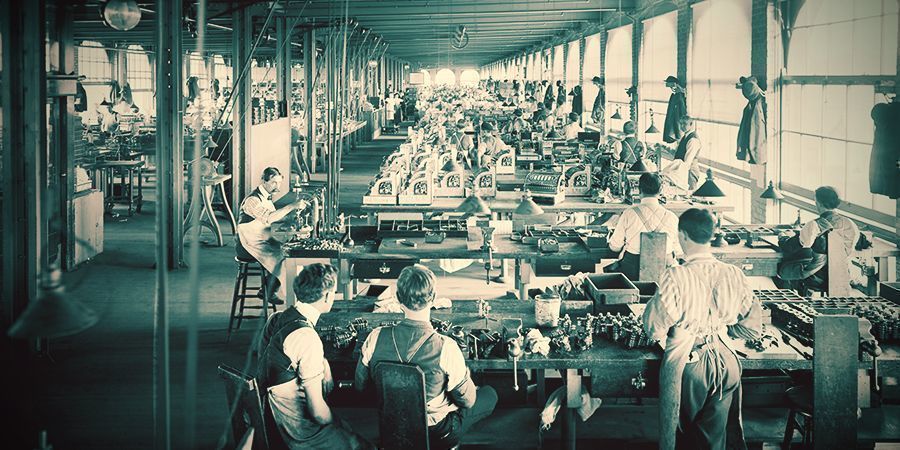
Thomas Jefferson, George Washington and many founding fathers had extolled the many uses for hemp, but their opinions were discounted by the industrial revolution and radically reinvented values of Americans.
Domestic policies driven by by capitalistic ideas and a prejudice against people of color , the main users of cannabis as a recreational drug brought into pass the 1937 Marijuana Tax Act, this bill outlawed all uses for hemp by the imposition of a cost prohibitive tax.
In the closed congressional hearings in 1937, the American Medical Association strongly fought against the prohibition of of medical marijuana. The testimony of Dr. Williams C. Woodward criticized the proceedings and their intent. He responded to the legislators:
"In all that you have heard so far, no mention has been made by over use by any doctor, or over distribution by any pharmacist. Yet the burden of this bill is placed heavily upon the doctors and pharmacists, and my I say most heavily possibly on all the farmers of our country.
We cannot understand yet, Mr Chairman, why the bill was organized in secret for the past two years without any initiative, even to the profession that it is being prepared for. No person of medicine would identify the bill with a medicine without reading it through, simply because marijuana is not a drug simply a name given to cannabis."
Following a misrepresentation of a standard medication that has been used in the medical practice for almost a century by incorporating a Mexican slang word marijuana, the 1937 tax act was a perfect example of what social critic Noam Chomsky called "manufacturing consent". The committee was not disconcerted or embarrassed of the democratic process. For his direct and honest opinion Dr. Woodward was responded to with the following statement:
"You are not cooperative in this. If you want to make suggestions on legislation you should come here with some constructive ideas rather than just criticism, rather than trying to push obstacles in the way of something that the government is trying to accomplish."
Shut down of hemp industry due to lies

Despite the interests of the American Medical Association and a number of pharmaceutical companies such as Ely Lilly and Parke-Davis and without any consideration of the numerous hemp fiber industries such as Ford Corporation and the many thousands of American farmers, the government of the United States banned cannabis and all its uses. This was was based solely on the lies of certain federal law enforcers who were supported by newspaper magnate William Randolph Hearst.
Hearst caused hysteria in the country about an evil drug called weed which roots came straight from hell. With most people having almost no knowledge or experience with marijuana plant most Americans were easily convinced of what they had been told. Few people were aware of the loss this caused in medical science.
Looking back now, it is clear that the stories of murder and mayhem which were widely publicized throughout the United States were intended to shut down the hemp industry because it caused issues to tree-paper industrialist Hearst and a synthetic fibre industrialist named Dupont among others.
Just as the fortunes of European courts were built on the backs of the farmers of hemp, modern industrial fortunes were built on destruction. Politicians and law enforcement had secured a whole new frontier by banning the precious herb cannabis.
Until 1942 cannabis was legally describable but the medical use had lessened because of the tax put on it. During those years the reefer madness propaganda helped wipe out Americas memory of hemp, the material written on to form both the Declaration of independence and the U.S Constitution.
During World War Two the industrial uses for hemp were largely promoted by the US Government to outfit American armies overseas, but when the war was close to completion the patriotic hemp for victory term became yet another bit of trivia quietly forgotten in history. Although Henry Ford had constructed a car made of hemp that was stronger then steel, his great ingenuity was forgotten quite quickly as was our reliance on one of natures most useful medicines.
Study of cannabis and its numerous medical applications was minimal for several decades. While there were more then 2500 papers on opiate drugs written between 1938 and 1965, there were only 175 studies of cannabis during that time frame. Enforced ignorance had prevailed until the 196's when the cultural revolution shone a new light on the subject.
The Renaissance of Cannabis Consciousness
Controlled Substances Act
With the popularity of marijuana increasing in American young people during the 1960's it started a resurgence for scientific research, the problem being federal mandates soon made any unbiased study next to impossible. While current president Kennedy used cannabis in the white house to relieve severe back pain, subsequent Presidents radically escalated US drug war policies that were put into place.
President Richard Nixon made a promise to be tough on drugs during his presidential campaign and after being brought into office he made good on that promise. Almost immediately he brought in the Shafter commission to study the marijuana problem, the president's commission concluded that most of the major issues were largely as a result of its prohibition. After obtaining this info Nixon backed decriminalization, Nixon then rejected the recommendation before they were published.
When framed by law enforcement, high profile Harvard professor Timothy Leary challenged and was successful in fighting the faulty logic on the 1937 Marijuana Act. Following this Nixon quickly re-wrote the national drug laws sending Leary to prison. The Controlled Substances Act of 1970 stated that marijuana as a Schedule I drug with zero medical value and high potential for abuse, and created major obstacles to objective research.
Drug war

For three decades, numerous politicians relied on drug war rhetoric to back their positions on the subject. President Carter was the only real policy maker to even consider revisiting the law for possible change and even this was short lived.
Enforcing cannabis prohibition has cost billions of US dollars and millions of American citizens have suffered physical, mental, economic and social hardship as a result of the ambitions of political & law enforcement officials. In 1997, the editor and chief of the New England Journal of medicine coined the term 'federal foolishness' in criticizing the governments in it's persecution of sixty five million American people.
Among the millions of confessed criminals, both President Bill Clinton and Speaker of the House Newt Gingrich have mentioned using cannabis for recreational purposes. Despite both the republican and Democratic parties suggesting defending the country against its 4th popular drug, putting over a half million people behind bars every year.
For American doctors and patients marijuana conversations were limited by legal definition as a substance of abuse. Regardless of the social stigma, serious penalties and ignorance, popular interest in this medicine has increased. At the dawn of the new millennium ancient wisdom has evolved into modern folklore.
More support for cannabis
When the age of cancer chemotherapy and AIDS appeared, cannabis assumed a greater stature in the public's opinion. In 1998 a remarkable 96% of people surveyed supported the medical use of marijuana when polled by CNN News. Again in 1998 a poll by the Microsoft News Broadcasting Service showed 90% public acceptance of marijuana for use for medical purposes.
While CBS reported only 65% were in favor in 1997, 20% of those polled thought it should be legalized even if research failed to confirm to anecdotal reporting. The American Civil Liberties Union poll of 1996 determined that 79% of Americans agreed that it would be a good idea to allow doctors to describe cannabis, and out of that 79%, 25% reported knowing a friend or relative who had used it for medical purposes.
All these reports were written before The institute of medicine report (IOM report) , Marijuana and Medicine: assessing the Science base, in 1999. Following that a Gallop poll found that 73% of American people agreed that marijuana should be made available in order to reduce pain and suffering in people.
In the US tens of thousands of sick Americans are now legally certified users of medical marijuana. Many states have legalized the use of it when recommended by a physician, and at least 20 other states have contemplated bringing it to vote. The movement to legalize it is severely crippled by the hypocritical federal foolishness.
Although numerous forms of evidence supports the safety and utility of medicinal marijuana , it still is classified as a Schedule I substance joining LSD, PCP, heroin and methamphetamines and other highly dangerous drugs. Regardless of what the majority of the people supports federal law is enforced throughout the country.
Marinol

Marinol, an a medication containing cannabinoid, delta-9 tetrahydrocannibinol (THC) is available legally for anorexic AIDS patients to stimulate appetite and for use in cancer patients during chemotherapy to control nausea. With these treatments Marinol has helped recognize the use of marijuana in other fields of medical practice.
Challenges in having intelligent discussions still remain to be quite a daunting task. The suppliers distribute the natural medications to patients who qualify in many North American cities despite federal court orders. Even in that states that have enacted laws protecting patients from prosecution, law enforcement has no standard protocol covering the growing presence of cannabis. At stake in this fight are the rights of life, liberty and the pursuit of happiness; in this case patients's rights, physicians's rights of free speech, the right of the disabled, and the rights of certain states that have approved the use of medicinal marijuana in violation of the federal law.
Huge legal battles are headlined while the top level drug warriors cause issues with inhumane and irrational policies. Caught in the battle are the ever growing number of patients who commit crimes daily as a matter of survival.
Cannabis as a prescription drug
Today it is common knowledge that marijuana has numerous medical uses. Even the White House Office Of National Drug Control Policy has admitted that its not able to deny or dispute marijuana can be used as a medicine despite decades of denial. Research still remains unfinished yet much more information can be put together using a number of different sources.
Back in 1993, Peter Nelson of Australia Advisory Committee on Illicit drugs conducted his review of scientific literature. He determined that at least 4000 papers, books and monographs had been published on all aspects of cannabis since the 1940's. Andrew Weil from the American Health Authority had mentioned that all the documentation on cannabis could completely fill several tractor trailers. According to Lester Grinspoon, a Harvard psychiatrist, we know more about this drug then just about any other description drug we use today.
A program called The Compassionate Investigatory New Drug Program started to distribute government grown marijuana to a select few select medical marijuana patients in 1978, as of today the program still supplies 300 marijuana cigarettes per month to the remaining patients. In 1992 the program has stopped taking new applications just as it was about to get thousands of applications from patients with AIDS.
Legislation of medical marijuana
Medical Marijuana was legalized in California and Arizona four years later because of the medical marijuana initiatives approved in both states, President Clinton allowed one million dollars for existing research to be reviewed.
In 1999 as a result of this research the Institute of Medicine published Marijuana And Medicine: Assessing The Science Base, the authors had reported the reported data that was collected indicated a possible therapeutic value for cannabinoid drugs, most importantly for relief of pain, appetite stimulation and nausea and vomit control.
The Government had finally granted official recognition for this as a natural medicinal resource. Not all of the potential benefits for this had been listed in the Institute of Medicine's final report as expected.
Isolating some of the many active compounds found in cannabis resin has enabled many different studies to be done without the use of natural material, which still is next to impossible to obtain for studies. Following the report done by the IOM in 1999 the White House had promised to support research for medical marijuana but only one study was allowed.
Volunteers who supply their own marijuana have created an additional option for modern day research, as well as studies done in countries that are not as strict in cannabis use to provide another source of information. While the US prevents the development of cannabis research many scientific report suggests that it has a number of possible medical uses.











 United States
United States

